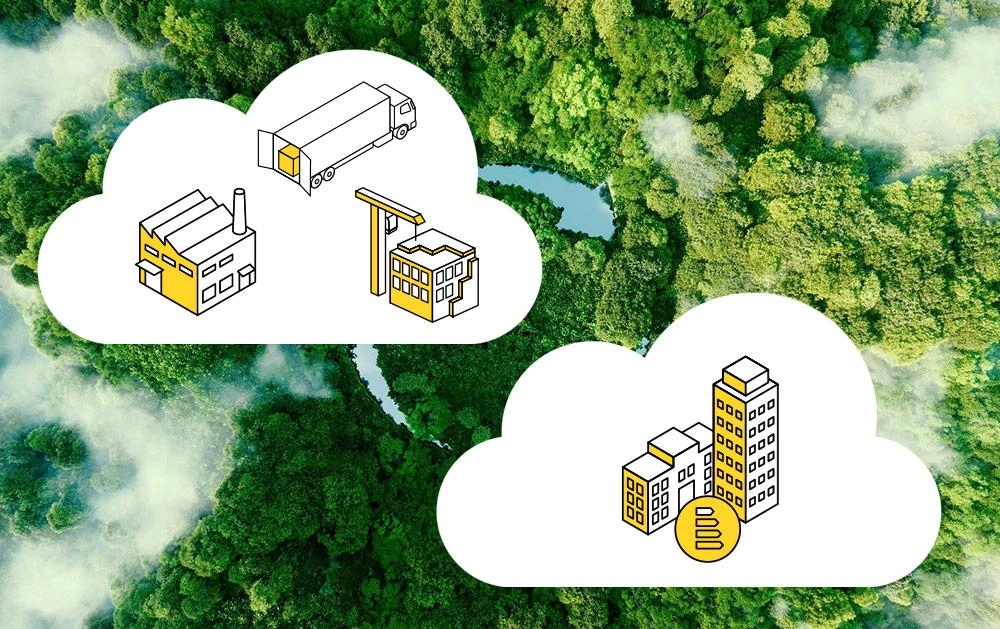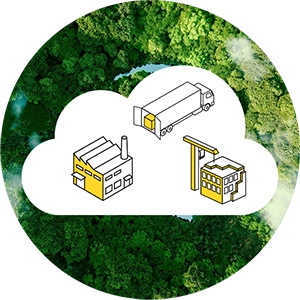Don't just say carbon footprint against carbon emissions. When talking about a building's carbon footprint, you have to make the important split between embodied and operational carbon footprint. But what exactly is it?

Operational carbon is about the carbon footprint created by energy consumption during the use phase of a building. Think, for example, of ventilation, heating and cooling that people use to improve living comfort. What does it not include? Energy consumption by a TV or a laptop, for example.

Do you want to reduce your operational carbon footprint? Then you have to insulate better. You can also see that on your EPC (energy performance certificate), which is becoming increasingly important. That also means: the better a building's EPC score, the lower its operational carbon footprint.
The embodied carbon is about the carbon footprint of the materials used, how they are installed and how they (can) decompose. For example, suppose a lot of cement is used, the CO2 emissions from cement production will have a big impact on the embodied carbon footprint.

Also, the embodied carbon footprint is becoming increasingly important. Where materials come from, how they are made and how sustainable that whole process is, is a topic that clients, architects and contractors are increasingly concerned about. Producers of building materials need to keep reinventing themselves to get that footprint as low as possible.
Those carbon footprints vary from country to country, especially when it comes to operational carbon. The reason is that a lot depends on how your energy is generated. In Europe, one fourth of CO2 emissions from buildings fall under embodied carbon. Three fourths are operational carbon1.
Increasingly stringent energy performance rules do shift the ratio. The footprint during the use phase decreases, while embodied carbon increases because more (insulation) material goes into the building.
1 *Le Den et al. Towards EU embodied carbon benchmarks for buildings -Summary report, 2022
Recticel's roadmap on circularity
Want to know more about Recticel's roadmap on circularity?